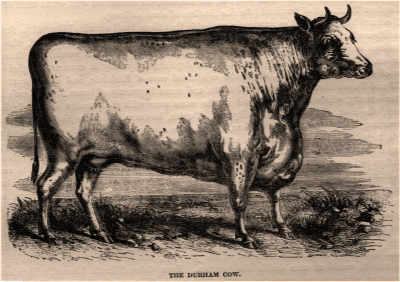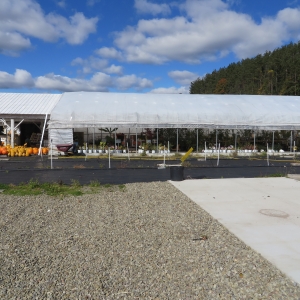This site is a portal to help area farmers gather information and to communicate with those that are in the region to aid farmers.
This site is organized by the Cattaraugus County Agriculture and Farmland Protection Board and the Cattaraugus County Department of Economic Development, Planning and Tourism.
Be sure to read Cattaraugus County's Local "Right-To-Farm" Law Number 1-1995.
A Brief Ag History
In Cattaraugus County lumbering was an important industry in the early days. Many settlers made black salts and potash to sell so that they could make payments on their land. Sawmills and shingle mills were built on almost any stream of water large enough to provide materials for the homes of the pioneers. Later large amounts of lumber were rafted down the Allegheny River to Pittsburg and Cincinatti, Ohio.
After some of the land had been cleared, dairy farming became an important industry and cheese factories were built in almost every community to take care of the extra milk. With suitable acreage for grazing and sufficient lands suited to growing the grains needed for feeding stock dairy was the main standby. The soil and location in many parts are fitted for the production of fruits, and apples were one of the mainstays in the farming.i A wide variety of soils permits of a wide variation of crops.
The Allegheny River, the Ishua Creek, the Cattaraugus Creek, and the Conewango Creek were used for transportation. Later, the Chautauqua Road, running through the county from east to west was cleared. In the 1880’s you would have found saw mills, wool carding and cloth-dressing mills, grist-mill, creameries, and trout fishery.

In 1857, while attending the County Fair you would have seen Durham, Devon and Ayshire cattle; working oxen; Berkshire, Essex and Suffolk swine; along with plowing and spading matches and horse racing. ii In the 1920 small factories arose for the processing of canning vegetables and condensed milk.
Today, Cattaraugus County is still engaged in forestry and dairy production. You will also see vegetable, livestock and fiber production continuing to thrive in the county.
Further Cattaraugus County History is available at HistoricPath.com.










